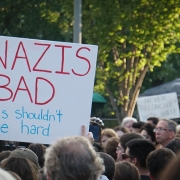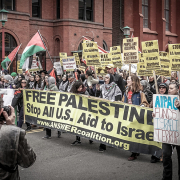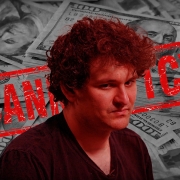Will Jews Return to the Ghetto?
It is a warm Monday morning in Rome, and the city’s ancient ghetto resembles an armed camp. As carabinieri line the streets, a cloud of melancholy hangs in the air: not only had more than 1,400 Jews recently been slaughtered in Israel, but the date — October 16 — marks the anniversary of its residents forced evacuation to the concentration camps. History, it seems, is repeating itself.
Despite the unconscionable parallels, however, and regardless of the prevalence of Kosher restaurants and carciofi alla giudia, little in the ghetto is as it was. Few Jews, amid Italy’s population of less than 50,000, live there. The same can be said of almost every European city. After the Holocaust, most Jews, as historian Paul Johnson observed, “accepted oppression and second-class status” outside of the ghetto in return for being left alone.
To some extent, life in America was more welcoming; as far back as 1790, George Washington, writing to the Touro Synagogue in Rhode Island, went beyond upholding tolerance to embracing full citizenship as part of “their inherent natural rights”. Today, however, that credo is being called into question. Here, as in Europe, the great period of Jewish influence and efflorescence that started a century ago may be peaking. The result, once dismissed as inconceivable, is that the allure of a more separate existence, a ghetto of the spirit, may start to grow.
For now, the golden era of Jewish achievement still twinkles, but only just. Jews remain inordinately celebrated in the arts and sciences; both the Tony Award in 2023 and the Pulitzer for fiction the year before went to writers covering, somewhat obsessively, Jewish themes. The list of Jewish Nobel prize winners has also expanded since the War, constituting well over 20% of the total.
Yet such achievements cannot mask the fact that the Jewish Century is rapidly fading. On the surface, Jewish life, both inside and outside the diaspora, may seem unassailable. But just as terrorists were able to breach Israel’s supposedly impenetrable defences, the forces of antisemitism have penetrated Western society, as young, educated progressives, including a few Jews, make common cause with Hamas and its allies.
Continuing demographic retreat isn’t helping. After the war’s end, 3.8 million European Jews remained; today, there are barely 1.5 million. Even the last great redoubts of Jewish life are threatened by assimilation and the pernicious new hybrid that joins Leftist and Islamist hatred. Nearly 50,000 Jews have left France since 2000, mostly for Israel, the United States and Canada. With no likely source of new immigration, it’s difficult to envision how the country’s Jewish population will ever grow again. Likewise Eastern Europe, once the centre of the Jewish world with its 8 million Jews, is home to fewer than 400,000 today. Indeed, the only place there seems to be growth is among the orthodox — a community that may not live in official ghettos, but is still in inwardly focused and defensively minded areas.
Read the rest of this piece at UnHerd.
Joel Kotkin is the author of The Coming of Neo-Feudalism: A Warning to the Global Middle Class. He is the Roger Hobbs Presidential Fellow in Urban Futures at Chapman University and Executive Director for Urban Reform Institute. Learn more at joelkotkin.com and follow him on Twitter @joelkotkin.
Photo: by Jorge Láscar. The Jewish Quarter in Prague, known as Josefov, is located between the Old Town Square and the Vltava River. Its torrid history dates back to the 13th century, when the Jewish community in Prague were ordered to vacate their disparate homes and settle in one area. Flickr under CC 2.0 License.

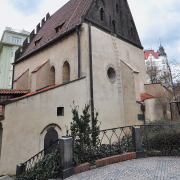
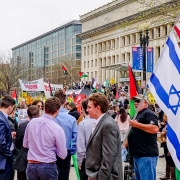 Ted Eytan, under CC 2.0 License
Ted Eytan, under CC 2.0 License
